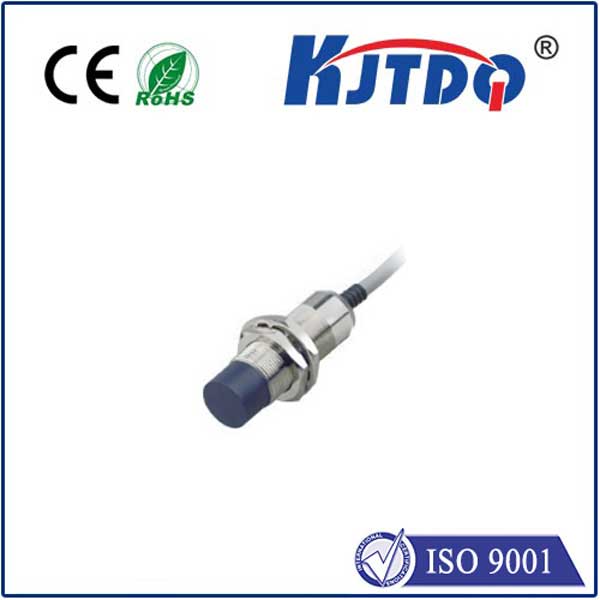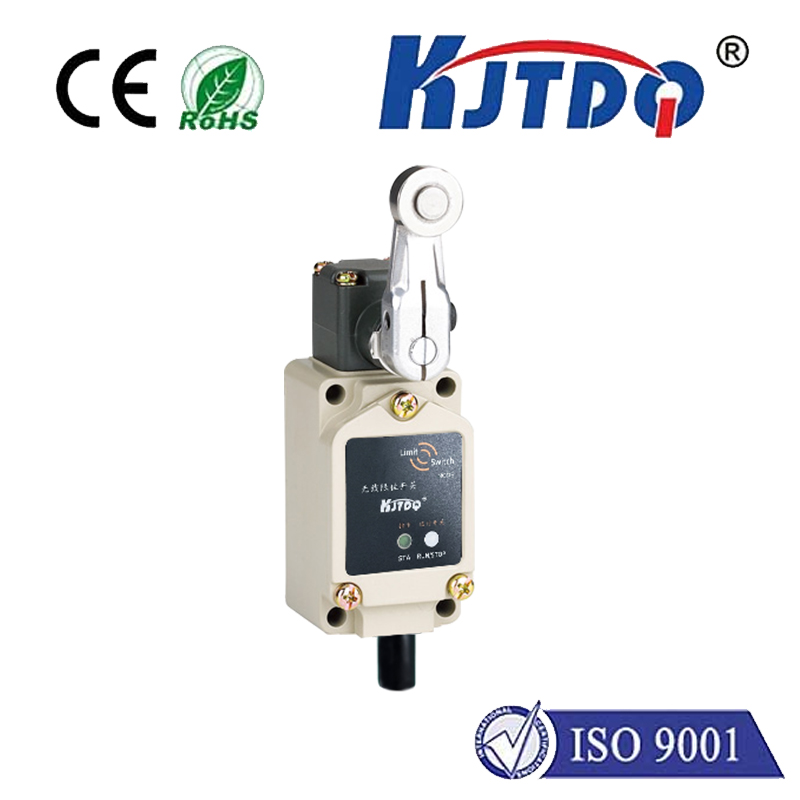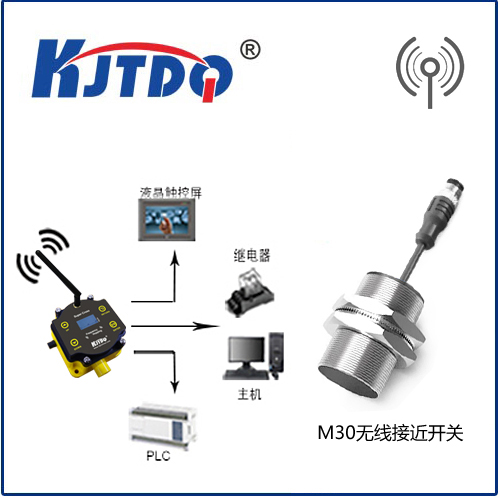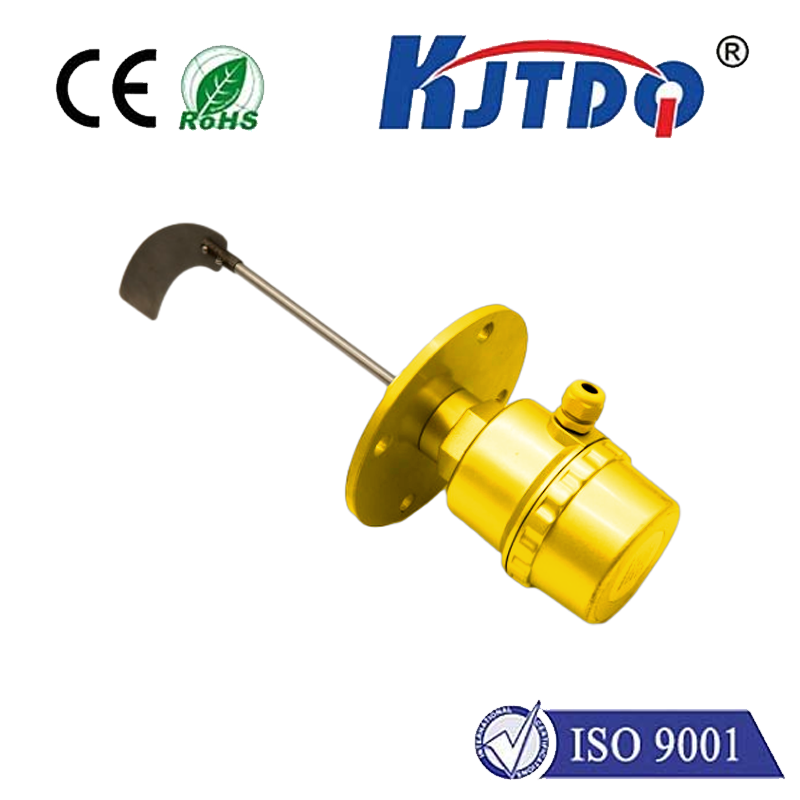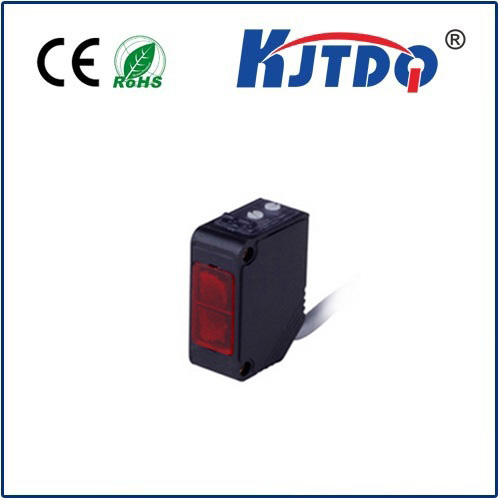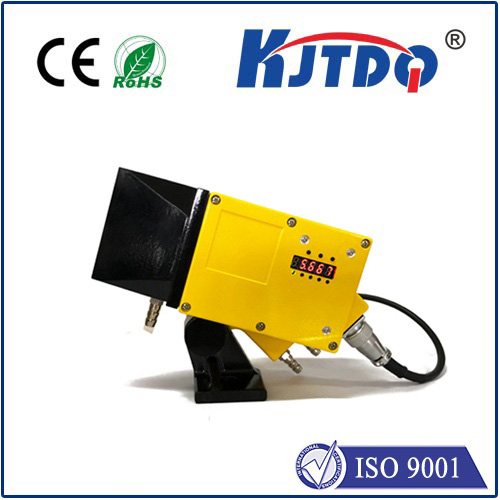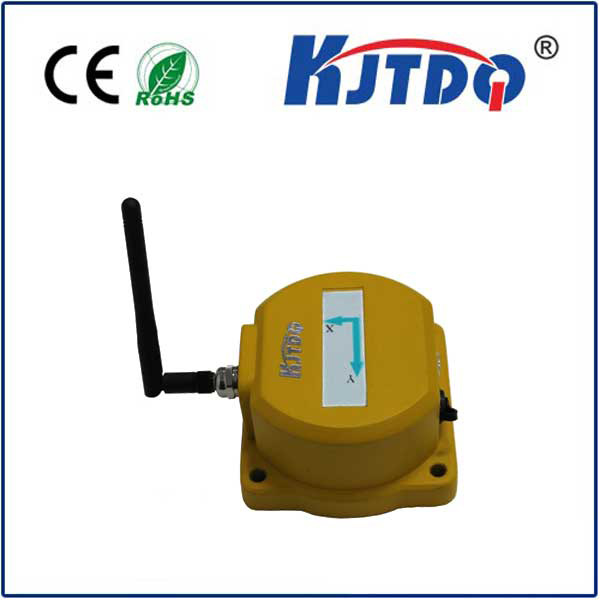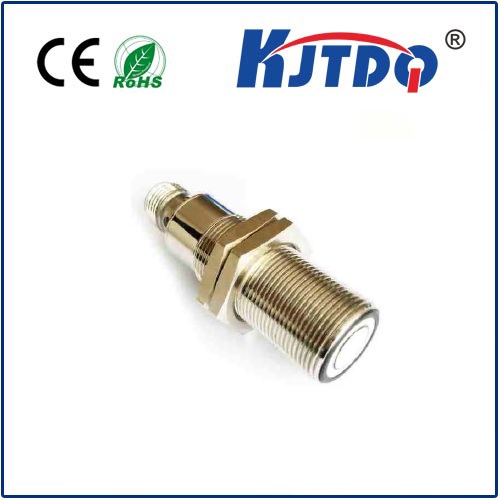BHS0021 high pressure proximity sensor
- time:2025-09-29 18:46:00
- Click:0
BHS0021 Proximity Sensor: Unmatched Reliability for Extreme High-Pressure Environments
Imagine a critical piece of heavy machinery operating in the depths of a mine, the intense pressure of a hydraulic press forming essential components, or the punishing environment within an offshore oil rig. In these scenarios, proximity detection isn’t just convenient; it’s paramount for operational safety, precise control, and preventing catastrophic failure. Conventional sensors buckle under such extreme high pressure. This is where the BHS0021 high pressure proximity sensor steps in – engineered specifically to thrive where others simply cannot survive. Designed for the toughest industrial challenges, the BHS0021 represents a pinnacle of robust sensing technology for demanding applications.
The Unforgiving Nature of High-Pressure Applications
Many industrial processes generate immense pressures, creating hostile environments for sensitive electronic components like proximity sensors. Standard sensors deployed in these zones face significant risks:
- Physical Deformation: Excessive pressure can crush sensor housings, distort sensing faces, or damage internal components, leading to immediate failure.
- Seal Failure: Imperfect sealing allows pressurized fluids (oil, water, hydraulic fluid, coolants) to penetrate the sensor, shorting circuits and corroding electronics.
- False Triggering/Inaccuracy: High pressure can affect the sensing field or mechanically move components, causing unreliable switching or inaccurate detection.
- Catastrophic Failure: Sensor rupture under pressure isn’t just a sensor problem; it can lead to system shutdowns, equipment damage, and significant safety hazards.
Reliable proximity detection in these zones is non-negotiable for machine safety, process efficiency, and minimizing costly downtime.
Introducing the BHS0021: Engineered for Pressure Resilience

The BHS0021 high pressure proximity sensor is meticulously designed to conquer these exact challenges. It transcends the limitations of standard inductive proximity sensors, offering exceptional performance under sustained high pressure. Here’s how it achieves this:
- Unparalleled Pressure Tolerance: The core strength of the BHS0021 lies in its exceptional pressure rating. Engineered with robust materials and a specialized design, it can reliably operate under pressures that would instantly disable conventional sensors. This makes it ideal for applications involving hydraulic systems, high-pressure test rigs, die casting machines, and offshore drilling equipment.
- Superior Sealing Integrity: Utilizing advanced sealing technologies (like specialized O-rings, hermetic seals, or proprietary potting compounds), the BHS0021 provides an exceptional barrier against fluid ingress. This crucial feature ensures long-term reliability and prevents internal damage caused by pressurized liquids or harsh environmental contaminants.
- Robust Construction: Built with ruggedized materials such as high-grade stainless steel (V2A/V4A options often available), the sensor body offers outstanding mechanical strength and resistance to impact and vibration, further safeguarding it in demanding industrial settings.
- High Immunity: Engineered for electrical stability, the BHS0021 typically features high immunity to electromagnetic interference (EMI) and voltage surges common in industrial power environments, ensuring consistent and accurate switching signals. This translates directly to reliable machine control.
Key Technical Advantages in Action
Understanding the specific benefits the BHS0021 delivers clarifies its critical role:
- Precision Detection Under Duress: Maintains reliable position sensing and object detection accuracy even when subjected to extreme fluid pressures, ensuring process control remains precise.
- Minimized Downtime: Exceptional durability and resistance to pressure-induced failure drastically reduce unscheduled maintenance stops and sensor replacements, boosting overall equipment effectiveness (OEE).
- Enhanced Safety: Reliable operation under high pressure directly contributes to safer working conditions by preventing malfunctions that could lead to equipment runaway or hazardous situations.
- Extended Service Life: The robust design and superior sealing significantly extend the sensor’s operational lifespan, providing a better return on investment (ROI) compared to standard sensors that fail frequently in harsh conditions. This focus on durability is a key value driver.
- Reduced Maintenance Costs: Fewer failures mean fewer replacements and less labor spent on troubleshooting and installation, lowering total cost of ownership (TCO).
Where the BHS0021 High Pressure Proximity Sensor Excels (Key Applications)
The unique capabilities of the BHS0021 make it indispensable across numerous challenging sectors:
- Hydraulic Power Units & Cylinders: Position sensing of pistons and valve spools within high-pressure hydraulic circuits where standard sensors fail.
- Plastic Injection Molding & Die Casting: Detection in clamping units, ejectors, and core pulls where clamping forces create immense pressure zones.
- Oil & Gas Exploration/Production: Monitoring valve positions, blowout preventers (BOPs), and other critical components on rigs and platforms exposed to extreme wellbore pressures and harsh environments. Offshore drilling demands this level of resilience.
- Heavy Machinery & Presses: Providing reliable end-position detection on stamping presses, forging hammers, and other heavy equipment generating significant pressure during operation.
- High-Pressure Test Rigs & Pumps: Monitoring component position and movement within systems designed to test the integrity of parts under extreme pressure conditions.
- Chemical & Petrochemical Processing: Position feedback on valves and actuators within processes involving volatile substances and high pressures. Chemical resistance is often crucial here too.
- Subsea Equipment: Applications requiring sensors to function reliably at great depths where ambient water pressure is extreme.
Selecting the Right Sensor for Extreme Duty
When specifying a sensor for a high-pressure application, the BHS0021 high pressure proximity sensor must be evaluated based on the specific requirements:
- Pressure Rating: What is the maximum operating pressure and potential pressure spikes the sensor will face? The BHS0021 offers specific ratings designed to exceed typical industrial demands.
- Media Compatibility: What fluids (oil, water, chemicals) will the sensor be exposed to? Ensure the sensor’s materials and seals are compatible. Stainless steel variants offer broad compatibility.
- Electrical Requirements: Supply voltage (e.g., 10-30V DC), output type (PNP/NPN, NO/NC), and connection type (cable or connector) need to match the control system.
- Environmental Factors: Temperature range, vibration levels, and potential exposure to other contaminants beyond pressure. The BHS0021’s design inherently addresses many of these.
- Mounting & Sensing Distance: Physical size, mounting style (flush/non-flush), and required sensing range are critical for integration. Compact designs are often advantageous.
Beyond Basic Proximity: A Foundation for Reliability
The BHS0021 is more than just a sensor; it’s a strategic component engineered to solve a fundamental challenge: achieving reliable non-contact detection where pressure is the enemy. Its robust performance in these punishing environments translates directly into tangible benefits: enhanced safety, increased production uptime, reduced maintenance costs, and ultimately, greater operational confidence. For engineers and maintenance managers battling sensor failures in high-pressure zones, the BHS0021 high pressure proximity sensor offers the robust, dependable solution essential for maintaining peak performance and safety in the world’s most demanding industrial settings. Its reputation for ruggedness in extreme conditions is well-earned.






